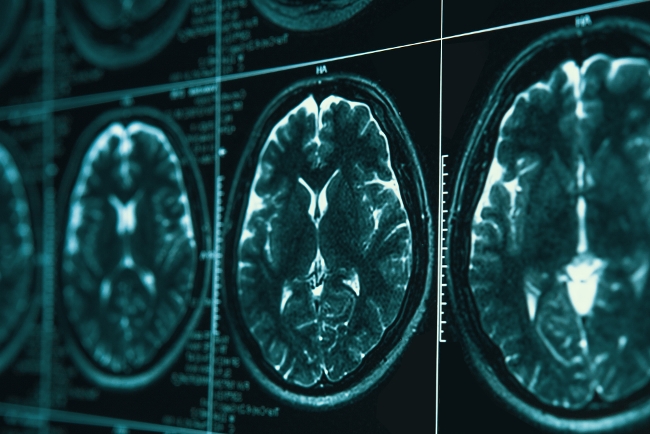Chronic traumatic encephalopathy (CTE) is a fatal brain disease that is caused by repeated injuries to the head. It is believed that subconcussive head impact, like a bump or blow to the head, can cause CTE. This condition affects how the brain functions, communicates and works. CTE is common in athletes involved in contact sports like Mixed Martial Arts (MMA), boxing, American football, Muay Thai, and wrestling. CTE does not appear immediately; it can take years to notice the symptoms.
History of CTE
CTE was first described by forensic pathologist Dr. Harrison
Stanford Martland in 1928 as the “punch drunk syndrome.” J.A.
Millspaugh replaced the term “punch drunk” with “dementia
pugilistica” in 1937. Another name for CTE includes chronic boxer
encephalopathy, a chronic traumatic brain injury associated with
boxing (CTBI-B).
MacDonald Critchley, a British neurologist, wrote a paper called
“punch drunk syndrome, the chronic traumatic encephalopathy of
boxers” in 1949. Earlier, CTE was confined to only boxers. Still, as
evidence of clinical and neuropathological consequences of repeated
mild head trauma grew, it became clear that CTE was not only
restricted to boxers. Hall of Famer Mike Webster became the first
NFL player to be diagnosed with CTE.
In October 2022, the United States National Institute of Health
admitted that there was a link between blows to the head and CTE.
Causes Behind CTE
1. Repeated head injuries — the most common factor that is
responsible for the development of CTE is repeated head impact
2. Buildup of faulty proteins in the brain — the body uses proteins
for various reasons. Tau is one of the proteins present in the
brain. It plays a significant role in the development of CTE.
Researchers have found a buildup of tau protein around blood vessels
in brains with CTE.
Diagnosis of CTE
Currently, there is no way to diagnose CTE in a living individual. A precise diagnosis is only possible during an autopsy. Diagnosis requires evidence of degeneration of brain tissues and deposit of tau protein. This can only be seen during an autopsy. Researchers are trying to develop a method for CTE diagnosis in living organisms. The aim is to use neuropsychological tests and brain imaging to diagnose CTE. CTE cannot be diagnosed in a living organism because there is a lack of distinct biomarkers. It is also difficult to differentiate prolonged post-concussion syndrome and CTE.
Symptoms
The symptoms of CTE develop very slowly and get worse over time.
There are four stages:
1. First-stage symptoms include confusion, dizziness,
disorientation, and headaches.
2. Second-stage symptoms include memory loss, impulsive behavior,
and poor judgment.
3. Third- and fourth-stage symptoms include dementia, movement
disorder, speech impediments, depression, suicidal thoughts, and
sensory processing disorder.
The experts believe that the first form of CTE causes mental and
behavioral issues. The second form of CTE causes memory and thinking
problems, which progresses to Dementia.
Prevention of CTE
A clear understanding of the cause is essential for preventing a
disease. As of now, it is believed that repeated head injuries cause
CTE, so CTE can be prevented by avoiding activities that can cause
head injuries.
For instance, combat sports participants can wear head and mouth
guards to reduce head impact. Efforts are being made to change the
sport's rules to lessen the blow to the head. Continuous medical
care can reduce the chance of CTE development.
Treatments for CTE
As of now, there is no cure for CTE, but there are therapies that
help patients suffering from CTE to live a comfortable life.
Therapies include:
1. Physiotherapy — if you have difficulty with movement.
2. Occupational therapy — helps with daily activity.
3. Speech and language therapy — helps with memory, speech, eating,
and drinking.
In conclusion, CTE is a consequence of repeated head trauma with no
cure. The current generation needs to research CTE more and develop
safety measures to save the current and future generations.
Thanks for reading my blog. Stay safe.
Sources
https://my.clevelandclinic.org/health/diseases/17686-chronic-traumatic-encephalopathy-cte


